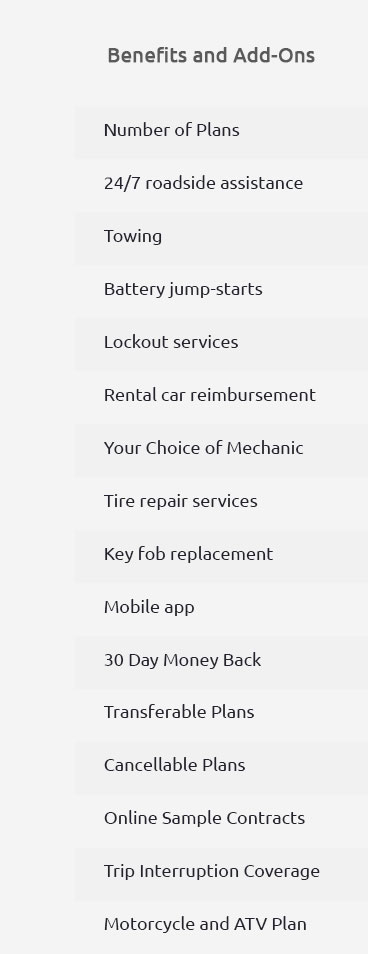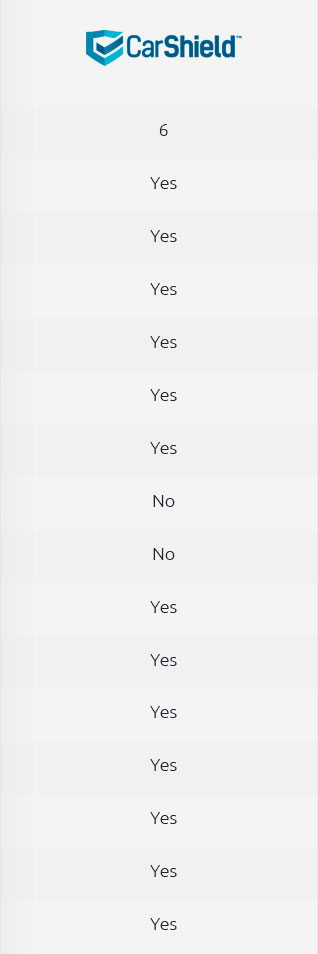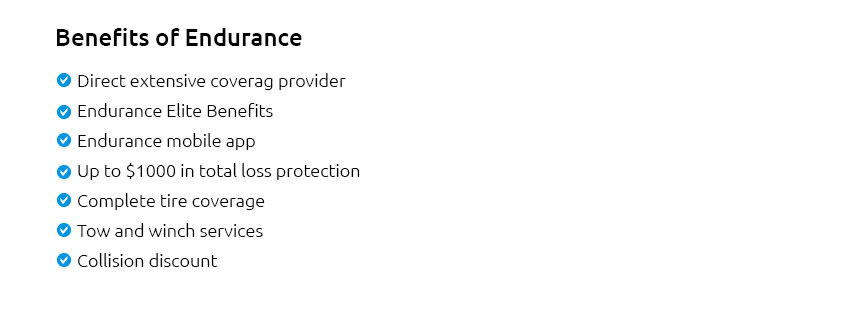 |
 |
 |
 |
 |
|||
 |
|||
 |
 |
 |
|
 |
|||
 |
|
 |
|
 |
|
 |
|
 |
|
 |
|
 |
|
 |
|

Gap Insurance Price: A Comprehensive Coverage GuideAs a vehicle owner, understanding the nuances of gap insurance can offer peace of mind and significant cost savings. This guide focuses on U.S. consumers, providing insights into vehicle protection, repair costs, and extended auto warranties. Understanding Gap InsuranceGap insurance is a type of coverage that protects you when your vehicle is totaled or stolen, and you owe more on the loan or lease than the car's current market value. This can prevent unexpected financial burdens and is particularly beneficial for those in areas with higher accident rates. What Does Gap Insurance Cover?
Factors Influencing Gap Insurance PriceThe cost of gap insurance can vary based on several factors. Understanding these can help you make informed decisions. 1. Vehicle Type and ModelLuxury cars or those with higher depreciation rates may have higher gap insurance costs. 2. Loan or Lease TermsLonger loan terms may lead to higher gap insurance prices, as the vehicle's value depreciates over time. 3. Insurance ProviderDifferent providers offer varying rates. It's beneficial to compare multiple offers to find the best deal. Benefits of Gap InsuranceInvesting in gap insurance can offer several advantages:
FAQs About Gap Insurance
Understanding gap insurance and its implications can greatly benefit U.S. vehicle owners. By assessing your personal needs and comparing different options, you can ensure your financial protection and enjoy your driving experience with confidence. https://www.joebasilchevrolet.com/finance/car-buying-tips/how-much-is-gap-insurance/?srsltid=AfmBOopvOVrCMVU1Xol2VOoznH3X6uZxmh0W4rK9j6G4tW4PzX2WdsXH
Gap insurance typically costs $20 to $40 per year when added to an existing auto insurance policy. When purchased through a dealership or lender, the price ... https://www.reddit.com/r/askcarsales/comments/z6b135/gap_insurance_price_too_high_ustn/
They were unwilling to negotiate on the GAP insurance which was $1000. It was a take it or leave it deal, and that struck me as odd. https://www.mercedesbenzofwarwick.com/finance/car-buying-tips/how-much-is-gap-insurance/
Average Cost of Gap Insurance - Purchase from your current auto insurer: Usually, gap insurance costs about $20 per year when you purchase from your regular auto ...
|